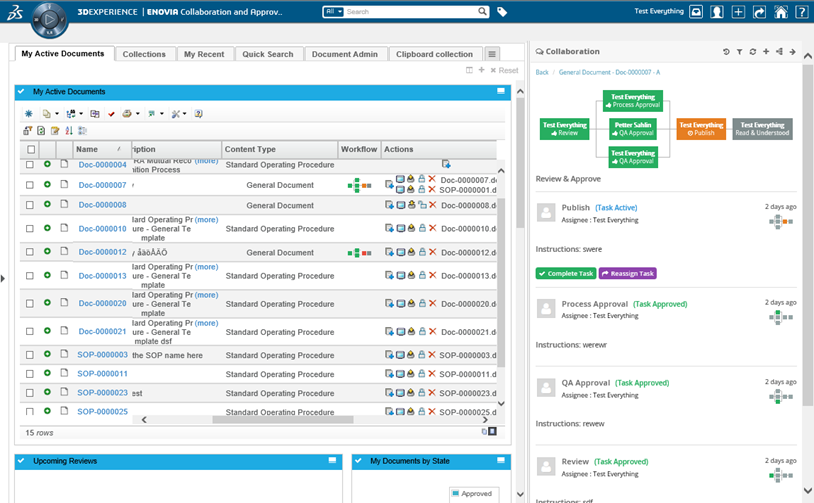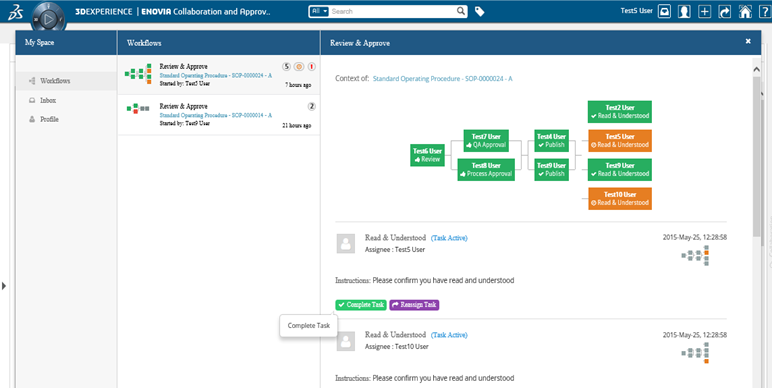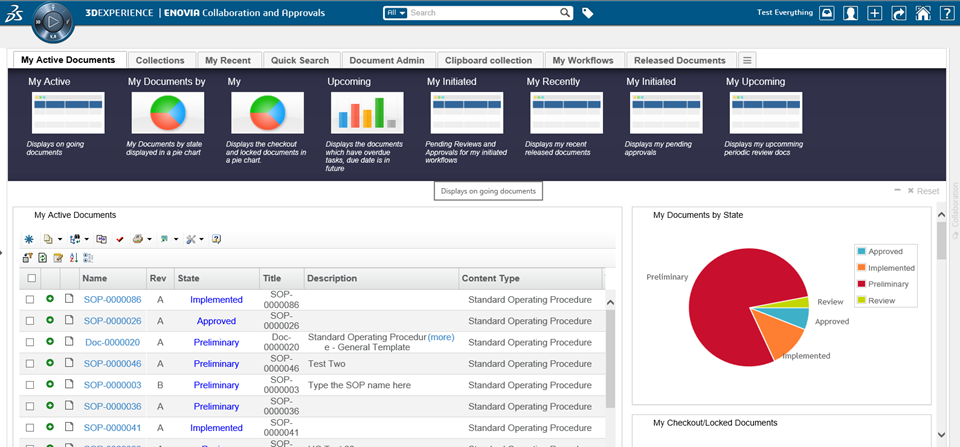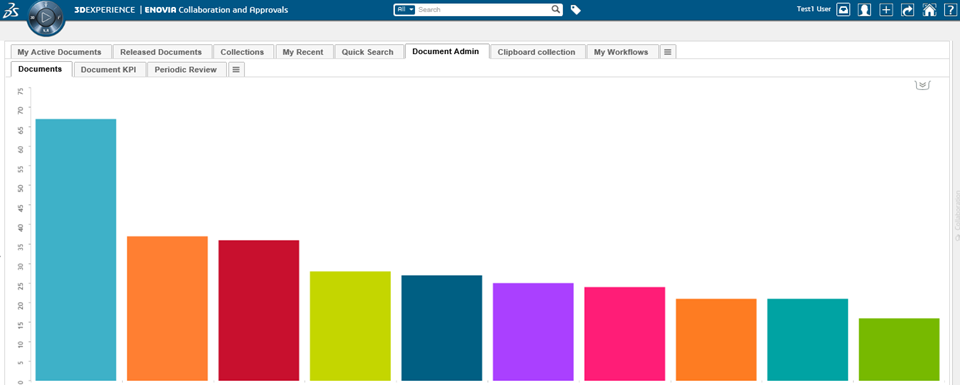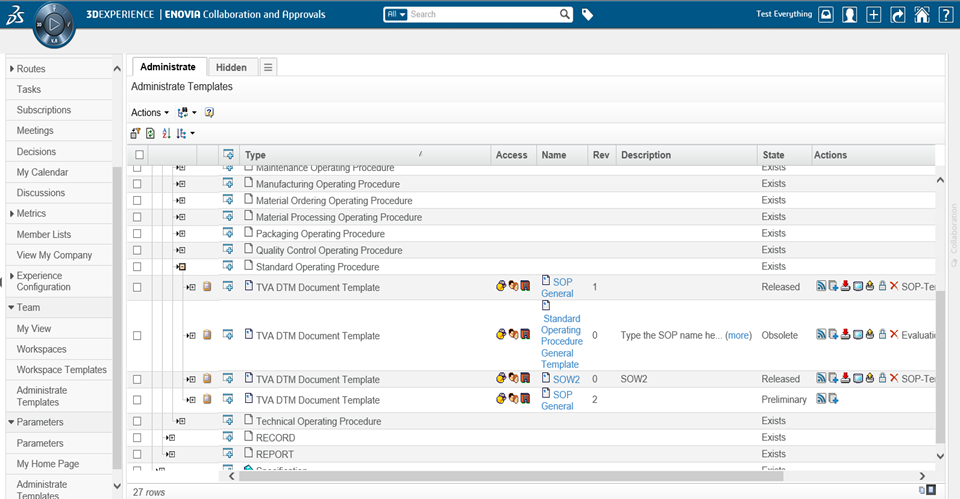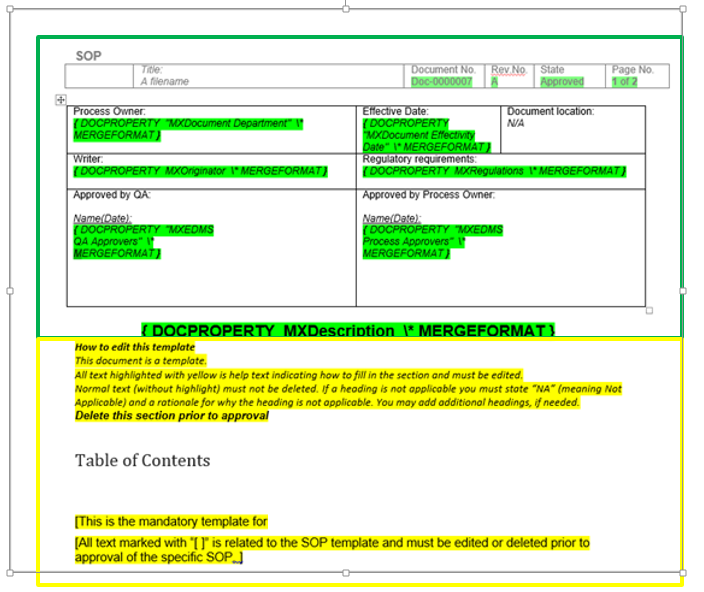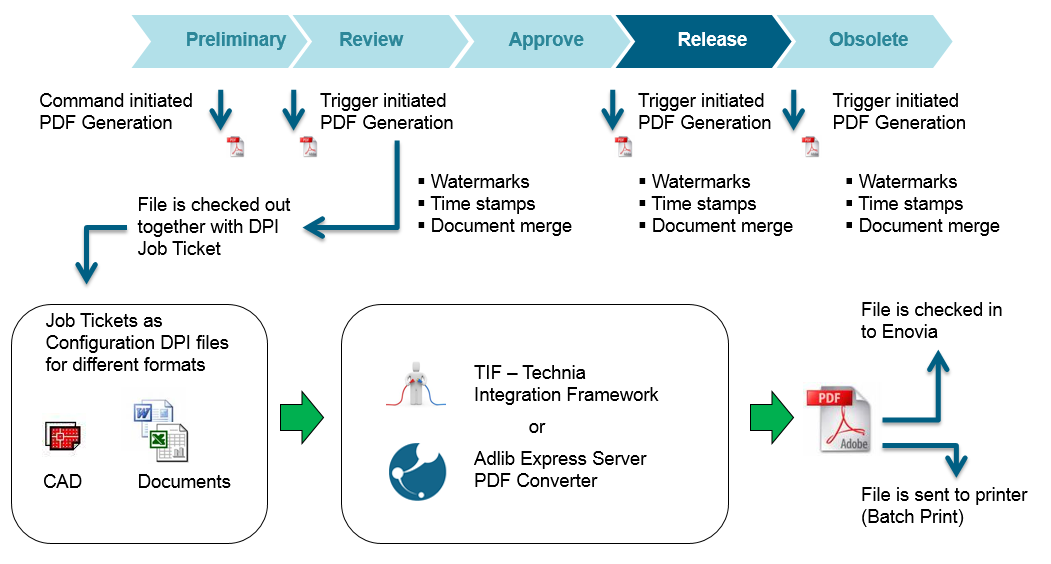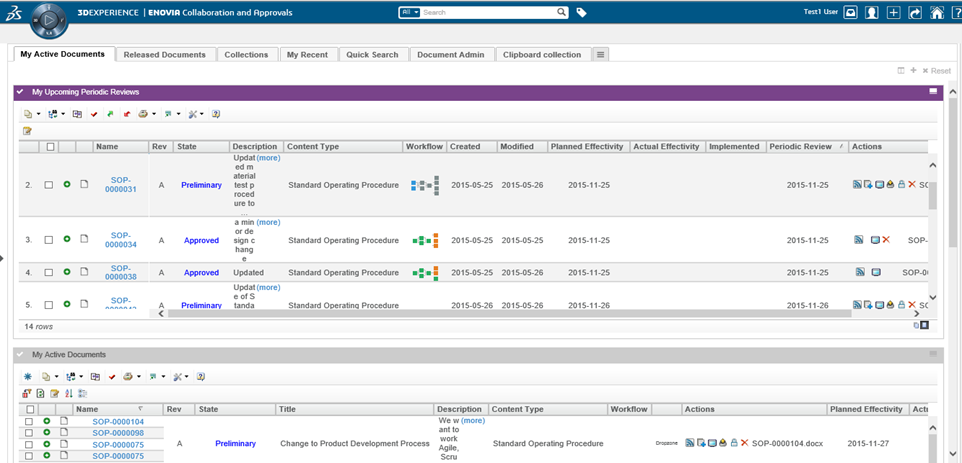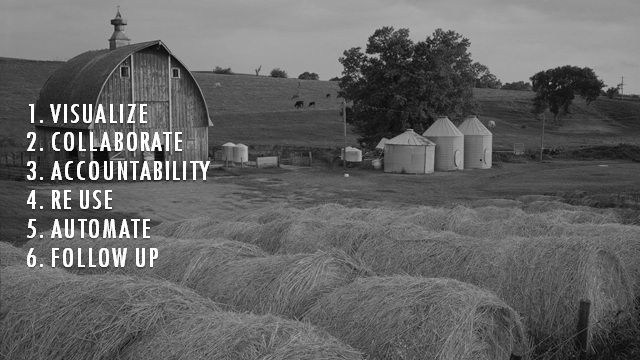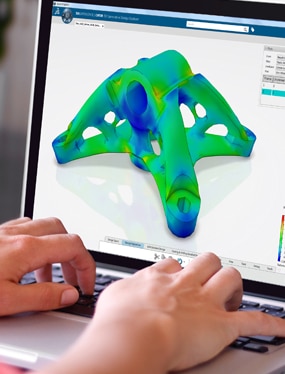
6 ways to build a better workflow
Table of contents
work·flow
ˈwərkflō/
noun
“The sequence of industrial, administrative, or other processes through which a piece of work passes from initiation to completion.”
The problem is that usually, workflow is a vague and nebulous term used to define anything along the approval process. Do your engineers define your workflow process the same as your quality assurance approvers? Do you use the same tool to define your workflow across the company? Do you use a tool? Does everyone know where to go to find it?
You start to see the problems that most companies are facing when trying to standardize on their approval processes. But have no fear…
TECHNIA has seen these headaches get resolved in some form at endless customers that are trying to figure out this very problem. There are hundreds of small changes your company can make to save time and money (and frustration).
I have narrowed down the long list of into the 6 most impactful ways you can enhance your workflow process starting today.
1.) Visualize
Often times companies lose sight of what is important when it comes to working with data on a daily basis.
Typically users are required to stare at names, dates, and reference numbers in columns on a large excel file. Or view the process status on as a text box in whatever form your tool displays it. We have found that the work gets done more effectively and efficiently if the users actually enjoy using the software.
I know that does not sound incredibly insightful, but time after time we hear about the dread and anguish users feel about logging into their systems to get work done!
That’s why Visualization is number one on my list. Make the workflow appear where the users need it, when they need it. Make it clear and simple to everyone using the tool where they are in the process and what needs to be done.
Take a look at the example below:
By attaching a visual workflow icon to every item that has a workflow, users intuitively know that this item is in the process and more importantly, that they can get more information by clicking the icon.
When a user opens a particular workflow status, they don’t have to leave the page they were working on, instead a workflow panel will slide out to show them the information they were looking for. This saves so much time in the long run, distracted users cannot be productive users!
By using visual cues we can tell the user a whole story about this particular workflow without a massive wall of text. For example,
- who started the process?
- what was the last action in this process?
- who is holding up the approval?
- what are people saying about this document?
The goal is to get the user engaged quickly so they can make decisions without having to backtrack or hunt people down for answers. Put it all in front of them in a clear and simple form.
2.) Collaborate
By definition, workflow requires collaboration amongst coworkers, teammates, and suppliers. However, the process by which they collaborate can vary dramatically. From an email with an attachment and instructions, to physically walking a document to someones desk, and everything in between.
Collaboration is key to getting the approvals and tasks done quickly with the least amount of re-work or re-explanation along the way. One way we do this is by keeping a collaboration panel in front of the users at all times.
We try to bring them into the discussion whenever relevant. Allow them to loop others into the topic thread and alert them whenever new relevant tasks or information is available.
See the image below:
In this example we can see that the user is a part of a complex workflow process. They have been brought into the discussion at a very specific point because they have some insight to offer on the document in question. In this example, we see that the user was notified visually with a new action icon and then they were brought directly to the relevant task in question.
This way the user can see where the conversation has evolved to and add any relevant information that may help the decision process.
It should be simple for users to share information, whether it be from across systems or from the top of their head, make it easy to collaborate in the system and the users will find the information they need quicker and spend less time meeting to rediscuss what has been covered in the workflow process.
3.) Accountability
How often do your users have to physically track down someone for a signature or review? What if a document gets lost in a wave of incoming emails? Even worse, what if it sits on a desk to be forgotten?
We know that companies create processes to ensure that everyone is on the same page and approvals are followed through in a uniform timely manner.
But… We also know that real life doesn’t always follow the processes in place. People have time constraints, some are lazy, some forget. We have found that implementing a way to make users accountable for the tasks they are assigned provides a massive boost in productivity.
There are several ways you can do this but at the very least your system should be able to tell you:
- who has items waiting for their action?
- who is getting overloaded with tasks?
- how long are actions and approvals taking on average?
- who is most delinquent on their follow up actions?
I know… It sounds too much like big brother is watching… You don’t want a Workflow police state! But having this information is powerful for more than the obvious reasons.
If one person is always being chosen to approve and review all documents, they are going to become a bottleneck, the system should show you other candidates for approval to speed things along.
If a specific user is always taking a very long time to approve or take action, perhaps they don’t have the training they need or a full understanding of what is supposed to happen. This lets you take action and resolve the problem before it slows the process down.
Having visual insights into the process let users be transparent with the process, they know the actions waiting on them affect the entire process and are eager to move them forward and close out the cycles.
4.) Reuse everything!
People these days are stretched thin, too much to do, too little time to do it. One of the biggest complaints we hear when working in Enterprise systems is this: “Can’t I just copy the workflow model I built for X and use it on Y?”
The answer should be “Yes, you can!”. Not only should you re-use existing work, but you should also encourage and support the ability to template documents and objects including recurring actions in your system.
The benefits are immediate and substantial reduction in the amount of time invested.
Take a Quality Manager responsible for all Procedural documents in a company. These documents all share similar sections, and if the work has been done and approved for one section, usually it can be used for another.
So make life easy on this Quality Manager, give them the tools to generate this data and approval process on the fly in a repeatable fashion.
5.) Automate
Small actions add up. If a user is clicking one extra time per action in the system, that adds time and complexity. If that user has to open a new window, it gets longer.
If that user has to open a new program to complete a task, then it worse. Many companies have a process that requires PDF generation, watermarking, time-stamping, or remote storage of documents along with the workflow process. It is not uncommon to use 3 to 5 different programs or systems along the way to get the final rendering.
For example: If I am responsible for generating the final PDF for approval in releasing a new document. I may need to open the CAD program, get a 2D rendering, save it, open the PDF publishing software, open the word processing software, and somehow merge them all together to make a document that all employees can reference.
But what if something changes? Do you really need the user to go through that process every time? How can you make sure they repeat it the exact same way? There is a lot of room for error.
This is exactly why it is so important to automate these tasks wherever possible in the workflow process.
6.) Follow up
Are you getting the results you seek?
Create a schedule, stick to it. Your workflow is in place to create order and consistency. So the same should be done to evaluate performance. Are you checking the output metrics? Your system should make this easy to see quickly and correct if needed.
Even the best-designed workflow may have flaws when applied to the business. Test your processes out, try new ones until you find a mix that works for you and the users that rely on them.
In the example below, we can see that all objects are given a periodic review, we can schedule these reviews and make sure they are acted on regularly.
If you have any questions or would like to try our workflow in your system, please contact TECHNIA.

